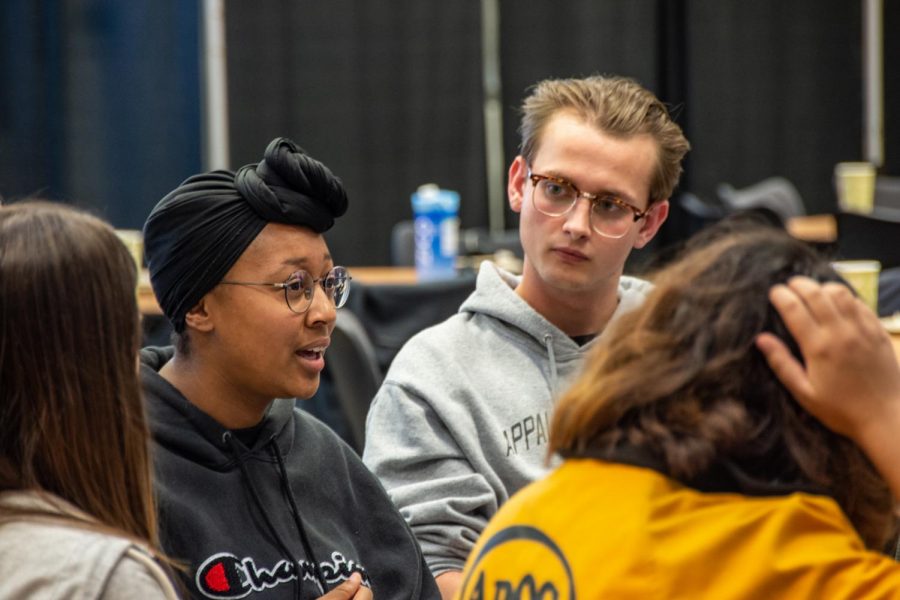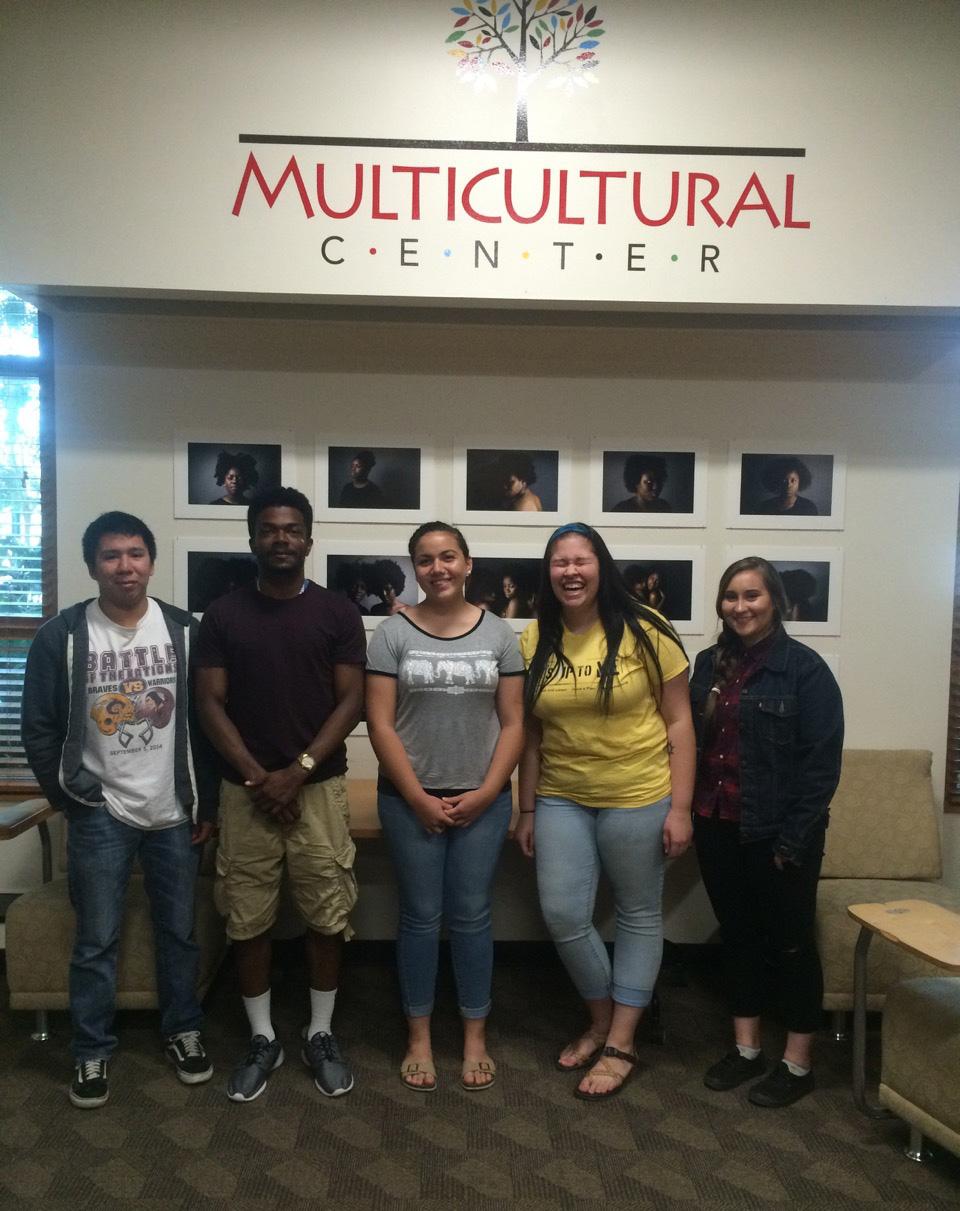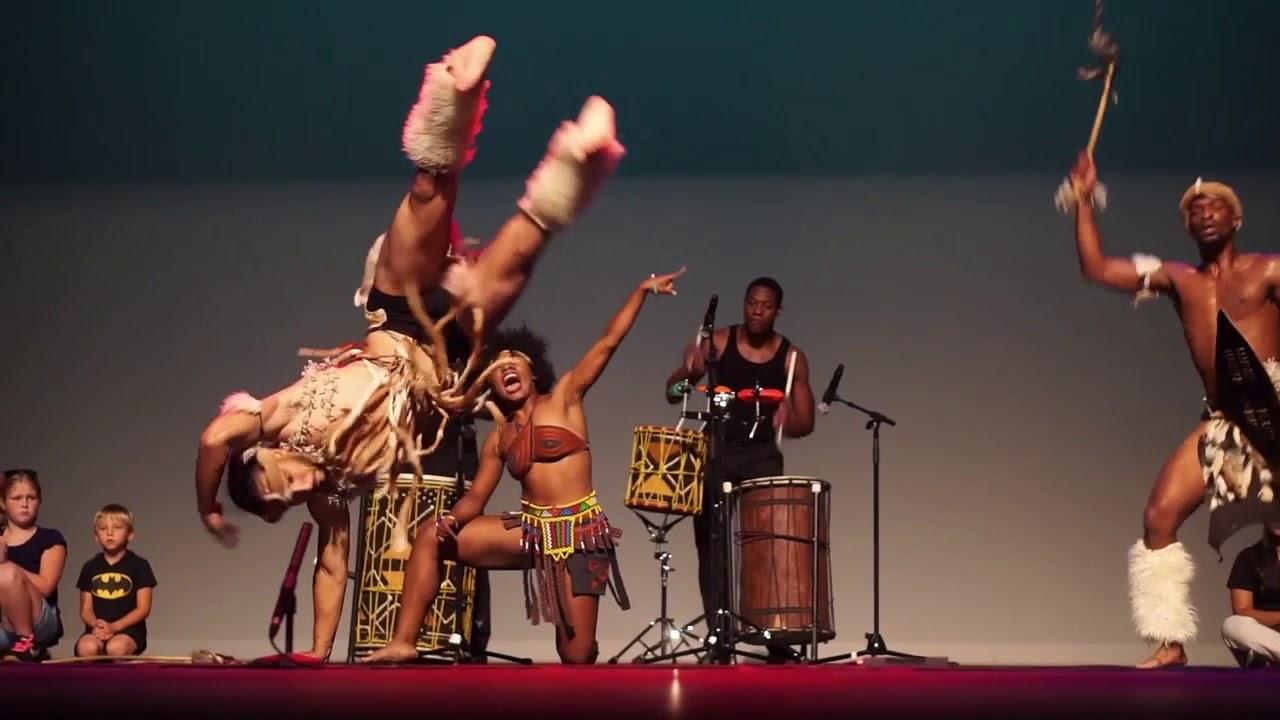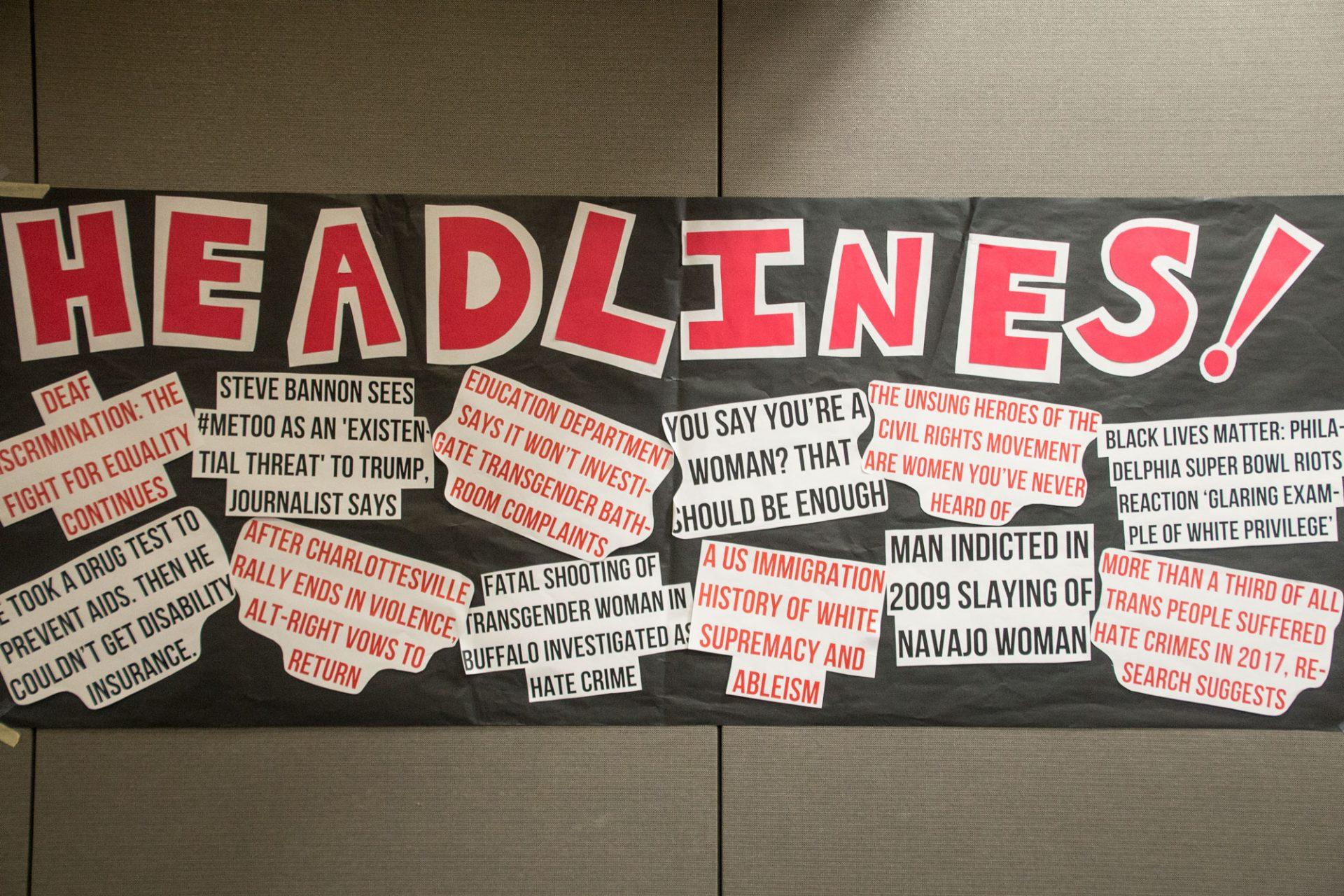Culture, not Costume 2019
App State organizations define cultural appropriation in yearly fashion show
October 29, 2019
App State student organizations collaborated to ring in Halloween with a fashion show for planning costumes appropriately — not for the weather, but to minimize cultural appropriation.
Appalachian Popular Programming Society hosted “Culture, not Costume” on Oct. 23 at Plemmons Student Union. The annual event also included a sustained dialogue to teach students about cultural appropriation.
During the fashion show, different multicultural campus organizations showcased examples of significant and religious garments to reduce their misuse.
According to APPS, appropriation is when practices or artistic forms of one cultural group are taken over by another, while appreciation is when elements are used to honor its cultural sources.
The Muslim Student Association’s representative dressed in a traditional hijab. According to MSA, “The hijab is a symbol of modesty in the Islamic religion.” The association also presented a keffiyeh, a checkered scarf worn by Muslim men.
The Hispanic Student Association provided an example of La Catrina, which is sugar-skull makeup and attire, and a popular symbol worn during the Mexican holiday, Day of the Dead.
During the fashion show, the Native American Student Association provided examples of cultural appropriation of Native American regalia.
“Our members either didn’t have any regalia or didn’t have regalia that they feel comfortable wearing,” said Tori Hunt, social media chair for NASA and junior chemistry major.
Hunt explained common misuses of Native American regalia sold on King Street and campus include dream catchers, white sage and non-native made jewelry.
“Buy from Native people. Try and make sure that it comes from a native person because that way, you can make sure that what you’re wearing is OK for you to wear,” Hunt said.
In order to ensure jewelry is native-made, Anya Walsh, NASA member and sophomore English major, said Native Americans put their native tribe on the jewelry.
There is a difference between appreciating and appropriating a culture. Regarding Native jewelry, Hunt said, it is cultural appreciation if it is made and sold by a native, appropriation if not.
Businesses like Walmart selling sombreros and ponchos for costumes is a prime example of cultural appropriation, said Audry Patterson, chairperson for Cultural Awareness and Student Engagement Council for APPS.
Three years ago, Patterson helped create “Culture, not Costume” to start the conversation about appropriation on campus.
Patterson said cultural appropriation during Halloween is common, especially at a predominantly white institution.
Patterson said to ask, “What do you mean by that?” when someone makes a problematic statement or is wearing a potentially offensive costume, and to use ‘I’ statements when having a controversial discussion.
“It’s all personal experiences. A sustained dialogue isn’t meant to change your opinion about something. It is for each other to see every single individual’s human experience,” Patterson said.
After the fashion show, students discussed what they learned and their experiences with cultural appropriation. Aayanah McCreary, junior film studies and East Asian studies major, said she often sees white students on campus wearing dreadlocks.
“There are specific hairstyles that we can’t wear because it’s unprotected, seen as unprofessional. For other people in another culture to just wear our hair as a costume, it makes us feel like a costume,” McCreary said.
If it weren’t for the sustained dialogue, David Hernandez, freshman management major, said he would have never known how much he could hurt a marginalized group.
“‘Everyone could be a little bit more aware of their surroundings,’ I said in the group discussion. Just using social media and trying to get out (of) my dorm and coming into this, I can learn so much about political issues or topics that someone may have gone through,” Hernandez said.













